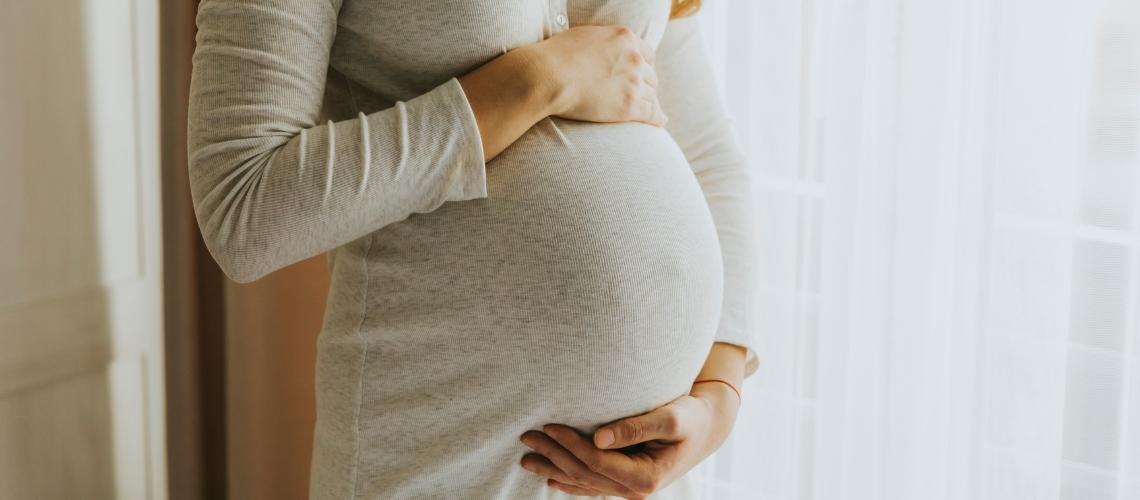ERA testing, or Endometrial Receptivity Analysis, is a diagnostic tool used in IVF to determine the optimal time for embryo transfer. By analyzing gene expression in endometrial tissue, it helps identify the precise implantation window, increasing the chances of successful pregnancy.
Personalized embryo transfer based on ERA results is particularly beneficial for women with repeated implantation failure. It ensures that embryos are placed when the uterine lining is most receptive, thereby enhancing treatment outcomes.
The procedure involves an endometrial biopsy, usually performed in a mock cycle. The collected tissue is analyzed to evaluate molecular markers that indicate receptivity.
Although not required for all patients, ERA testing is recommended in cases of unexplained IVF failure. It helps refine treatment strategies and provides valuable insights into endometrial health.
What is the endometrium?
The endometrium, a tissue that lines the inside of the uterus and serves as the embryo’s nest throughout gestation, prepares the uterus each month for the arrival of an embryo. If the circumstances aren’t ideal, even the best embryo won’t successfully implant.
When the endometrium is prepared for embryo implantation, it is receptive. The window of implantation refers to this window of receptivity.
Every woman has her own window. By doing a customized embryo transfer, you can increase your chances of becoming pregnant by being aware of your unique window of implantation. (2)
What is ERA test?
The ERA® diagnostic test is the first to pinpoint each woman’s particular tailored window of implantation, allowing for synchronization of the embryo transfer with that window.
It is indicated for all patients starting assisted reproductive treatments. The ERA test provides the greatest benefit for those experiencing recurrent implantation failures.
Why use and what are the benefits of the ERA test?
The chances of becoming pregnant after assisted reproduction are boosted when the embryo transfer is done in a tailored manner. Pregnancy rates with an ERA in the first IVF cycle for any patient are 72.5%.
ERA test increases your chances of becoming pregnant and avoids losing healthy embryos.
After a year, 7 in 10 women gave birth. A tailored embryo transfer is preferable to a traditional frozen embryo transfer, as shown by our recent randomized study.
What do the ERA test results say?
- A receptive result
The window of implantation is located on the day the sample was taken, according to a receptive result. The advice is to carry out the embryo transfer under identical circumstances as the biopsy.
- A non-receptive result
The window of implantation is moved when the test is non-receptive. In this instance, we will estimate your window of implantation using the ERA computational predictor to show you when, in 90% of cases, your personalized embryo transfer is most successful. Only 10% of cases will require a second biopsy.
It should be noted that while there were no appreciable differences in the two groups’ loss rates, the ERA group had higher pregnancy and implantation rates than the FET group . The female fertility assessment does not include an ERA endometrial biopsy, and first-time IVF patients are often not advised to undergo one. However, discussing your specific case with your doctor is always more beneficial for women.
Who is a good candidate for ERA testing?
Identifying suitable candidates for Endometrial Receptivity Analysis (ERA) testing within In Vitro Fertilization (IVF) processes is paramount. This specific diagnostic tool proves invaluable primarily for distinct demographics, warranting a closer examination.
- Firstly, individuals grappling with recurrent implantation failure, characterized by numerous unsuccessful embryo transfers, find ERA pivotal. This scenario often encompasses those encountering two or more disappointments in this arena.
- Additionally, ERA offers crucial insights for those facing the perplexities of unexplained infertility. When other infertility causatives stand excluded, ERA emerges as a beacon, shedding light on concealed impediments.
- Moreover, advancing maternal age plays a significant role. The aging process inevitably alters endometrial receptivity, thereby influencing implantation success rates. ERA adeptly pinpoints the most propitious transfer window, enhancing the likelihood of successful implantation.
- Lastly, patients with irregular menstrual cycles benefit immensely. Given the cycle’s variability, accurately determining the optimal implantation timeframe poses a challenge. ERA tailors its approach, relying on an individual’s unique endometrial gene expression, thus offering a bespoke solution.
Thus, ERA testing stands out as a crucial tool, meticulously tailored to support specific groups navigating the complex journey of IVF.
Source:
1- Ruiz-Alonso, M., Valbuena, D., Gomez, C., Cuzzi, J., & Simon, C. (2021). Endometrial Receptivity Analysis (ERA): data versus opinions. Human Reproduction Open, 2021(2), hoab011.
2 and the rest- https://www.igenomix.net/our-services/era-patients/








